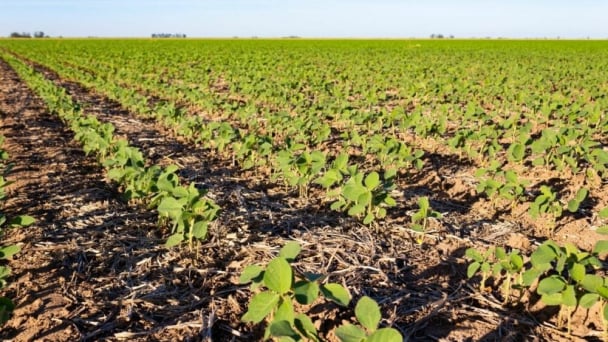May 16, 2025 | 21:30 GMT +7
May 16, 2025 | 21:30 GMT +7
Hotline: 0913.378.918
May 16, 2025 | 21:30 GMT +7
Hotline: 0913.378.918

Corn price rally pushes demand for wheat as a feed substitute.
Just years ago the sentiment for wheat was extremely bearish; global surplus supplies kept Chicago Wheat futures in the $4 to $5 price range for nearly three years. Thanks to the corn and soybean rally that has occurred since the late summer of 2020, wheat prices have gained upward momentum as well. Since August, Chicago wheat futures have gained nearly $2 per bu.
Traditionally, when corn futures rally high enough, wheat becomes a feed substitute for livestock both domestically and internationally. Exports also begin to increase as other countries secure much needed cheaper feed for their livestock.
This increase in demand ultimately means that wheat futures prices rally as well.
I did a quick study of corn and wheat prices between 2010 and 2012. Those were years where grain prices were higher due to lower global supplies and strong demand. Some feel that 2020-21 may be trading in a similar manner, where prices could overall trend higher into summer. In those years, there was a direct correlation that whenever corn prices would head north of $6, wheat demand for domestic feed needs would increase as wheat became a substitute.
In 2011, the price of corn futures went from $5.95 in January to $7.99-3/4 in June. That higher price corn translated into more demand for wheat as a substitute. Wheat use for the feed (and residual) category on the USDA report started the year at 170 million bushels. By May, demand had increased to 220 million bushels. That August and September, the number had increased to 240 million bushels.
A similar occurrence happened in 2012. Wheat demand for feed started the year at 145 million bushels. Then the summer drought hit. Corn futures prices soared to $8.43 in August, causing wheat for feed demand to soar to 220 million bushels. Wheat demand for feed remained strong even into harvest, peaking that year at 315 million bushels for October, November, and December of 2012.
With the current rally in corn prices, wheat demand for feed is already starting to creep higher. In December of 2020, the USDA pegged feed demand at 100 million bushels increasing it to 125 million bushels in January of 2021. If corn prices keep trading higher, expect this category of demand for wheat to increase as well in the coming months.
A few factors abroad will impact wheat demand as well.
In Russia, as a means to satisfy domestic needs and prevent risk of higher domestic prices, the government has approved a 50 Euro per tonne export tax on wheat from March 1 to June 30. Because of this Russia will be exporting less to the world, which means the United States may win additional export business. Currently the USDA has wheat exports pegged at 985 million bushels.
China, who has been ferociously purchasing U.S. corn and soybeans, has been buying Australian wheat with equally as much fervor. Over 700,000 tons of Australian wheat was shipped to China in recent weeks.
In Argentina, the crop is expected to be smaller than current USDA indications citing drought as the reason.
Thanks to the demand scenarios laid out above, wheat demand looks strong heading into 2021. Globally, wheat end users have relied on the crutch of abundant crops globally for years. And with wheat able to be grown in both hemispheres abundantly, supply disruptions thankfully have not been an issue.
But what would happen if there is a drought in the United States or Russia this summer? Both are key export suppliers to the world.
Keep an eye on wheat; it may be one of the most undervalued global commodities at the moment.
Farm Progress

(VAN) Fourth most important food crop in peril as Latin America and Caribbean suffer from slow-onset climate disaster.

(VAN) Shifting market dynamics and the noise around new legislation has propelled Trouw Nutrition’s research around early life nutrition in poultry. Today, it continues to be a key area of research.

(VAN) India is concerned about its food security and the livelihoods of its farmers if more US food imports are allowed.

(VAN) FAO's Director-General emphasises the need to work together to transform agrifood systems.

(VAN) Europe is facing its worst outbreak of foot-and-mouth since the start of the century.

(VAN) The central authorities, in early April, released a 10-year plan for rural vitalization.

(VAN) Viterra marked a significant milestone in its carbon measurement program in Argentina, called Ígaris, reaching 1 million soybean hectares measured.